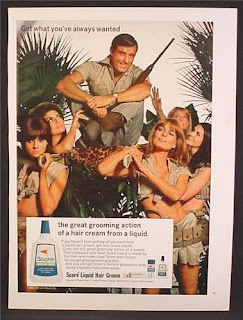Index
Media questions Semiotics My media consumption Narrative Audience classification LR feedback Audience theory Audience theory 2 Reading an image Reception Theory Media regulation Cultural industries Ownership and control Blog feedback and LR Genre January assessment public service broadcasting Introduction to feminism Representation Feminist theory Collective Identity Ideology Introduction to Advertising Women in Ads Migrain Assessment LR 3 Gauntlett Masculinity Score Cream CSP Introduction to Postcolonialism Sephora - Black Beauty is Beauty Magazine Cover
